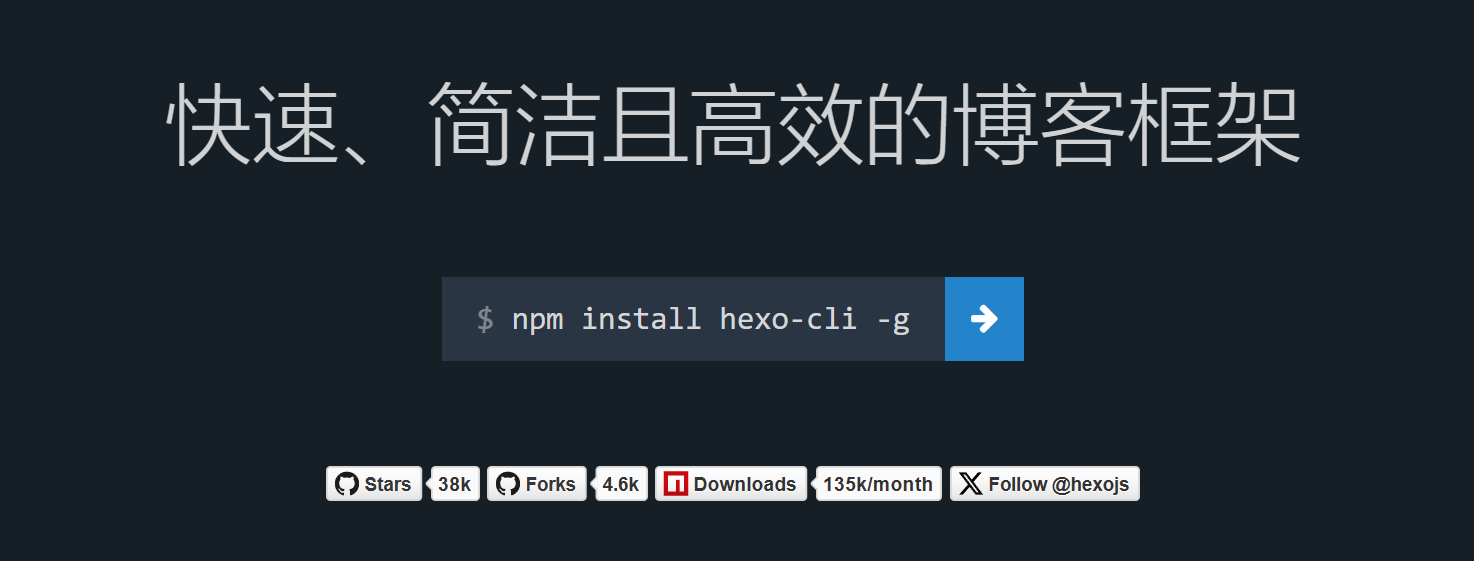
程序设计的 SOLID 原则🎯
SOLID 原则其实是用来指导软件设计的,它一共分为五条设计原则,分别是:
- 单一职责原则(SRP)
- 开闭原则(OCP)
- 里氏替换原则(LSP)
- 接口隔离原则(ISP)
- 依赖倒置原则(DIP)
单一职责原则(SRP)🎯
核心思想:类的职责应该单一,不要承担过多的职责。
先看下面这段代码,为 Book 创建了一个类,但是类中却承担了多个职责,比如把书保存为一个文件:
1
2
3
4
5
6
7
8
9
10
11
12
| class Book {
public title: string;
public author: string;
public description: string;
public pages: number;
public saveToFile(): void {
}
}
|
遵循单一职责原则,应该创建两个类,分别负责不同的事情:
1
2
3
4
5
6
7
8
9
10
11
12
13
14
| class Book {
public title: string;
public author: string;
public description: string;
public pages: number;
}
class Persistence {
public saveToFile(book: Book): void {
}
}
|
好处:降低类的复杂度、提高可读性、可维护性、扩展性、最大限度的减少潜在的副作用。
开闭原则(OCP)🎯
核心思想:类应该对扩展开放,但对修改关闭。简单理解就是当别人要修改软件功能的时候,不能让他修改我们原有代码,尽量让他在原有的基础上做扩展。
下面这段写的不太好的代码,我们单独封装了一个 AreaCalculator 类来负责计算 Rectangle 和 Circle 类的面积。想象一下,如果我们后续要再添加一个形状,我们要创建一个新的类,同时我们也要去修改 AreaCalculator 来计算新类的面积,这违反了开闭原则。
1
2
3
4
5
6
7
8
9
10
11
12
13
14
15
16
17
18
19
20
21
22
23
24
25
26
27
| class Rectangle {
public width: number;
public height: number;
constructor(width: number, height: number) {
this.width = width;
this.height = height;
}
}
class Circle {
public radius: number;
constructor(radius: number) {
this.radius = radius;
}
}
class AreaCalculator {
public calculateRectangleArea(rectangle: Rectangle): number {
return rectangle.width * rectangle.height;
}
public calculateCircleArea(circle: Circle): number {
return Math.PI * (circle.radius * circle.radius);
}
}
|
为了遵循开闭原则,我们只需要添加一个名为 Shape 的接口,每个形状类(矩形、圆形等)都可以通过实现它来依赖该接口。通过这种方式,可以将 AreaCalculator 类简化为一个带有参数的函数,每当创建一个新的形状类,都必须实现这个函数,这样就不需要修改原有的类了:
1
2
3
4
5
6
7
8
9
10
11
12
13
14
15
16
17
18
19
20
21
22
23
24
25
26
27
28
29
30
31
32
33
34
35
| interface Shape {
calculateArea(): number;
}
class Rectangle implements Shape {
public width: number;
public height: number;
constructor(width: number, height: number) {
this.width = width;
this.height = height;
}
public calculateArea(): number {
return this.width * this.height;
}
}
class Circle implements Shape {
public radius: number;
constructor(radius: number) {
this.radius = radius;
}
public calculateArea(): number {
return Math.PI * (this.radius * this.radius);
}
}
class AreaCalculator {
public calculateArea(shape: Shape): number {
return shape.calculateArea();
}
}
|
里氏替换原则(LSP)🎯
核心思想:在使用基类的的地方可以任意使用其子类,能保证子类完美替换基类。简单理解就是所有父类能出现的地方,子类就可以出现,并且替换了也不会出现任何错误。
要求子类的所有相同方法,都必须遵循父类的约定,否则当父类替换为子类时就会出错。
先来看看下面这段代码,Square 类扩展了 Rectangle 类。但是这个扩展没有任何意义,因为通过覆盖宽度和高度属性来改变了原有的逻辑。
1
2
3
4
5
6
7
8
9
10
11
12
13
14
15
16
17
18
19
20
21
22
23
24
25
| class Rectangle {
public width: number;
public height: number;
constructor(width: number, height: number) {
this.width = width;
this.height = height;
}
public calculateArea(): number {
return this.width * this.height;
}
}
class Square extends Rectangle {
public _width: number;
public _height: number;
constructor(width: number, height: number) {
super(width, height);
this._width = width;
this._height = height;
}
}
|
遵循里氏替换原则,不需要覆盖基类的属性,而是直接删除掉 Square 类并,将它的逻辑带到 Rectangle 类,而且也不改变其用途。
1
2
3
4
5
6
7
8
9
10
11
12
13
14
15
16
17
| class Rectangle {
public width: number;
public height: number;
constructor(width: number, height: number) {
this.width = width;
this.height = height;
}
public calculateArea(): number {
return this.width * this.height;
}
public isSquare(): boolean {
return this.width === this.height;
}
}
|
好处:增强程序的健壮性,即使增加了子类,原有的子类还可以继续运行。
接口隔离原则(ISP)🎯
核心思想:类间的依赖关系应该建立在最小的接口上。简单理解就是接口的内容一定要尽可能地小,能有多小就多小。我们要为各个类建立专用的接口,而不要试图去建立一个很庞大的接口供所有依赖它的类去调用。
看下面的代码,有一个名为 Troll 的类,它实现了一个名为 Character 的接口,但是 Troll 既不会游泳也不会说话,所以它似乎不太适合实现我们的接口:
1
2
3
4
5
6
7
8
9
10
11
12
13
14
15
16
17
18
19
20
21
22
23
24
| interface Character {
shoot(): void;
swim(): void;
talk(): void;
dance(): void;
}
class Troll implements Character {
public shoot(): void {
}
public swim(): void {
}
public talk(): void {
}
public dance(): void {
}
}
|
遵循接口隔离原则,删除 Character 接口并将它的功能拆分为四个接口,然后 Troll 类只需要依赖于我们实际需要的这些接口。
1
2
3
4
5
6
7
8
9
10
11
12
13
14
15
16
17
18
19
20
21
22
23
24
25
| interface Talker {
talk(): void;
}
interface Shooter {
shoot(): void;
}
interface Swimmer {
swim(): void;
}
interface Dancer {
dance(): void;
}
class Troll implements Shooter, Dancer {
public shoot(): void {
}
public dance(): void {
}
}
|
依赖倒置原则(DIP)🎯
核心思想:依赖一个抽象的服务接口,而不是去依赖一个具体的服务执行者,从依赖具体实现转向到依赖抽象接口,倒置过来。
看看下面这段代码,有一个 SoftwareProject 类,它初始化了 FrontendDeveloper 和 BackendDeveloper 类:
1
2
3
4
5
6
7
8
9
10
11
12
13
14
15
16
17
18
19
20
21
22
23
24
25
26
| class FrontendDeveloper {
public writeHtmlCode(): void {
}
}
class BackendDeveloper {
public writeTypeScriptCode(): void {
}
}
class SoftwareProject {
public frontendDeveloper: FrontendDeveloper;
public backendDeveloper: BackendDeveloper;
constructor() {
this.frontendDeveloper = new FrontendDeveloper();
this.backendDeveloper = new BackendDeveloper();
}
public createProject(): void {
this.frontendDeveloper.writeHtmlCode();
this.backendDeveloper.writeTypeScriptCode();
}
}
|
遵循依赖倒置原则,创建一个 Developer 接口,由于 FrontendDeveloper 和 BackendDeveloper 是相似的类,它们都依赖于 Developer 接口。
不需要在 SoftwareProject 类中以单一方式初始化 FrontendDeveloper 和 BackendDeveloper,而是将它们作为一个列表来遍历它们,分别调用每个 develop() 方法。
1
2
3
4
5
6
7
8
9
10
11
12
13
14
15
16
17
18
19
20
21
22
23
24
25
26
27
28
29
30
31
32
33
34
35
36
37
| interface Developer {
develop(): void
}
class FrontendDeveloper implements Developer {
public develop(): void {
this.writeHtmlCode()
}
private writeHtmlCode(): void {
}
}
class BackendDeveloper implements Developer {
public develop(): void {
this.writeTypeScriptCode()
}
private writeTypeScriptCode(): void {
}
}
class SoftwareProject {
public developers: Developer[] = []
public createProject(): void {
this.developers.forEach((developer: Developer) => {
developer.develop()
})
}
}
const softwareProject = new SoftwareProject()
softwareProject.developers = [new FrontendDeveloper(), new BackendDeveloper()]
softwareProject.createProject()
|
或者
1
2
3
4
5
6
7
8
9
10
11
12
13
14
15
16
17
18
19
20
21
22
23
24
25
26
27
28
29
30
31
32
33
34
35
36
37
38
39
40
41
| interface Developer {
develop(): void
}
class FrontendDeveloper implements Developer {
public develop(): void {
this.writeHtmlCode()
}
private writeHtmlCode(): void {
}
}
class BackendDeveloper implements Developer {
public develop(): void {
this.writeTypeScriptCode()
}
private writeTypeScriptCode(): void {
}
}
class SoftwareProject {
private developers: Developer[] = []
constructor(...developers: Developer[]) {
this.developers.push(...developers)
}
public createProject(): void {
this.developers.forEach((developer: Developer) => {
developer.develop()
})
}
}
const softwareProject = new SoftwareProject(
new FrontendDeveloper(),
new BackendDeveloper()
).createProject()
|
好处:实现模块间的松耦合,更利于多模块并行开发。




